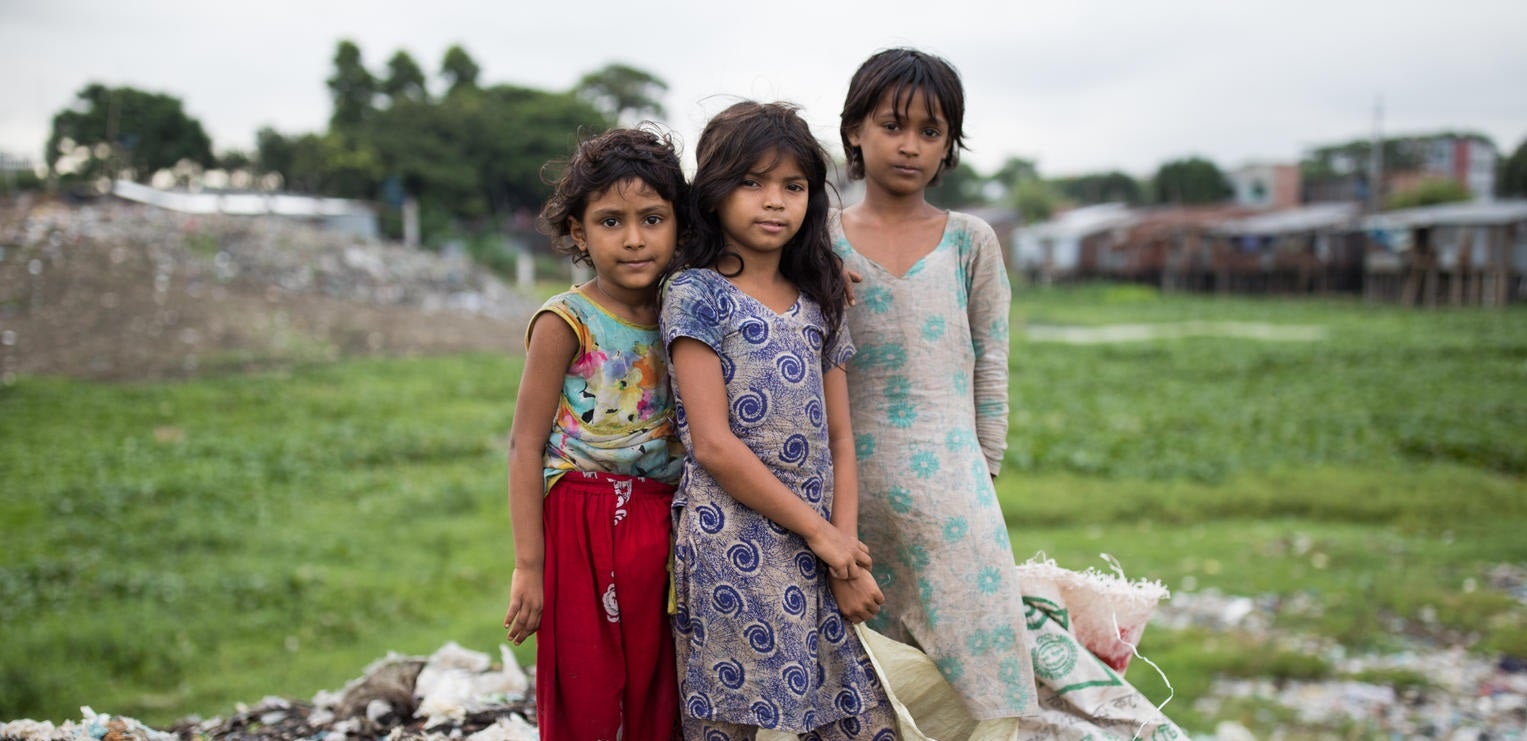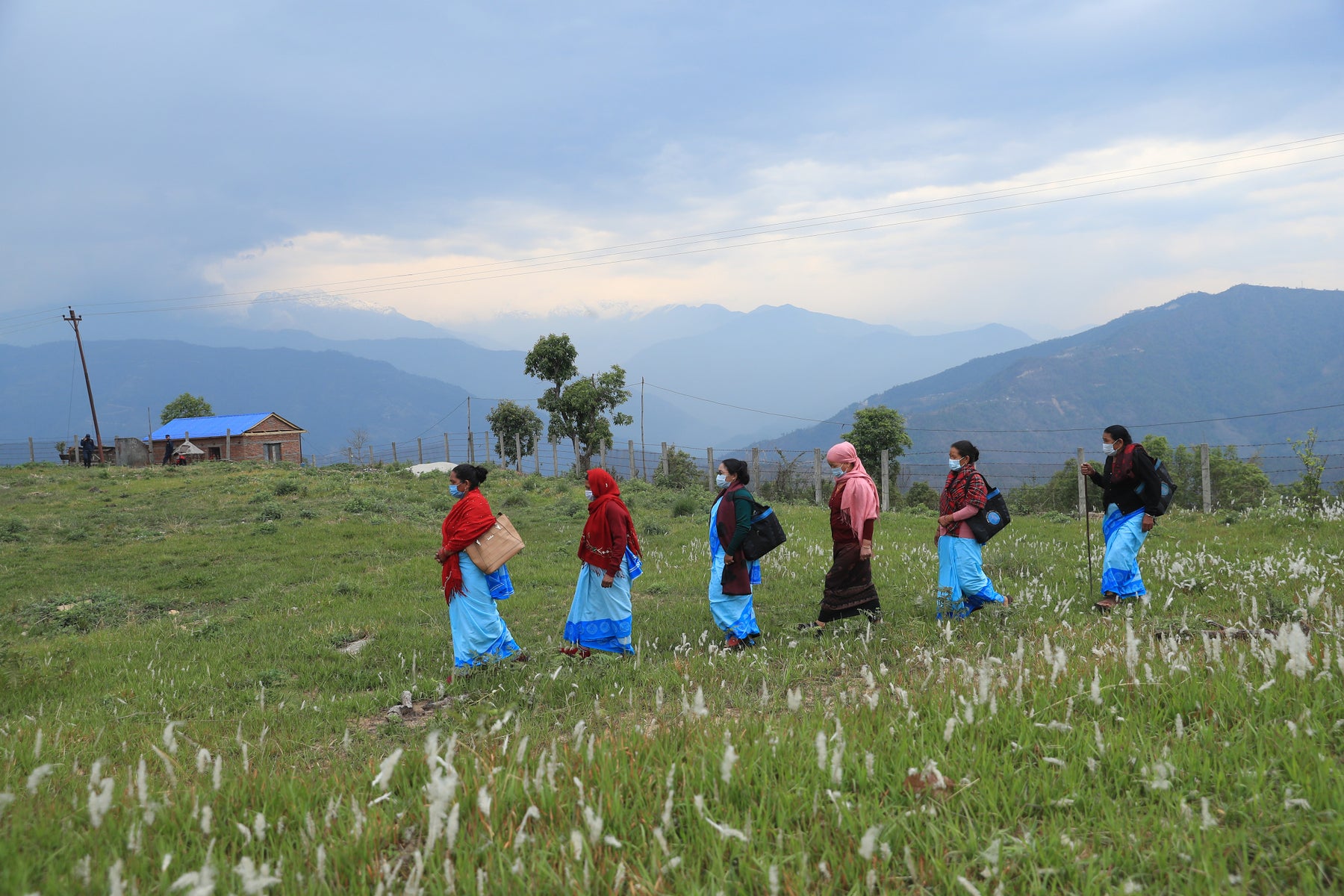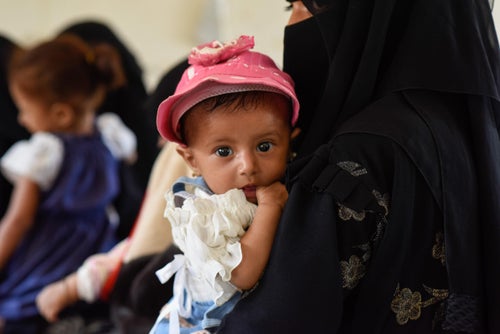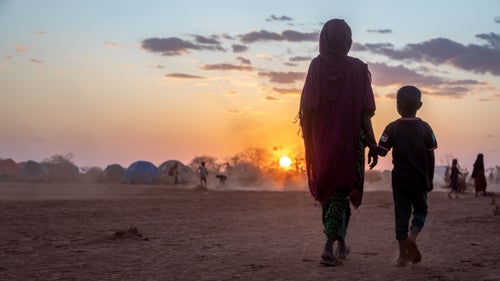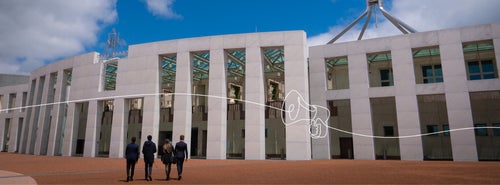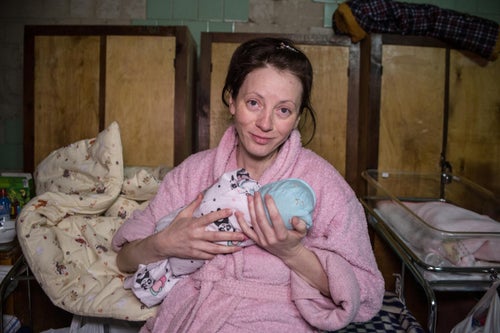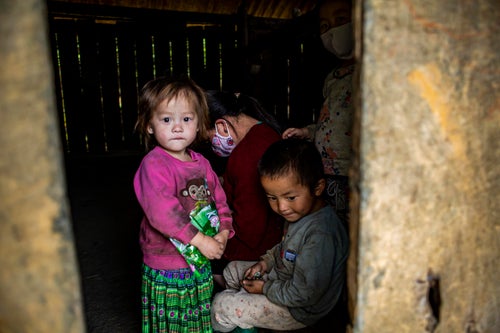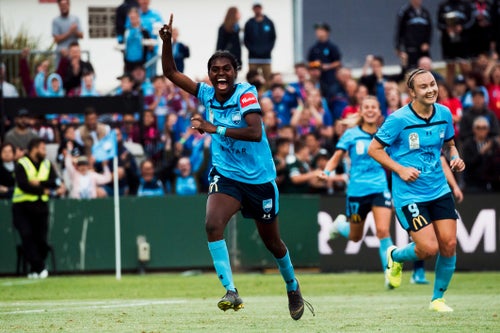In Australia, getting routine vaccinations is as easy as a visit to your local doctor. We live in a country where every adult will have free access to the COVID-19 vaccine when they are eligible.
But for families in some of the world’s most remote, vulnerable and rural places, vaccination is a massive undertaking and wouldn’t be possible without UNICEF teams on the ground. Thankfully, our teams are up to the challenge. Each year, we vaccinate almost half of the world’s children against preventable diseases, so we know vaccines!
Now the largest vaccine operation is underway, and UNICEF is leading the way. We’re on a mission to deliver COVID-19 vaccines to frontline workers and vulnerable communities – no matter where they are or how hard it is to reach them.
It’s a huge job, from buying vaccines to delivery. This is how we do it.
1. Buy the vaccines
UNICEF is the largest buyer of vaccines in the world. We have relationships with vaccine manufacturers which means we can purchase vaccines at the best prices for the world’s most vulnerable.
This year we aim to deliver more than 2 billion COVID-19 vaccines to the world’s most vulnerable and hard to reach communities.

2. Keep them cool
Vaccines are sent directly by plane from the manufacturer as refrigerated cargo to the country where they will be used - this is called the cold chain.
If the temperature is too high or too low the vaccine can lose its potency. But when kept at the correct temperature, a single jab can be life-saving.

3. Quality control
Our teams then check the vaccines to ensure they have not been damaged or kept at the wrong temperature en route. The vaccines continue to be stored in cold rooms, ready to be taken to health centres.

4. Delivery heroes go the distance
Dedicated field workers carry vaccines in cold boxes, traveling by car, motorcycle, bicycle, donkey, boat, camel or on foot to reach even the most places. We’ll always find a way.

5. The jab!
Once they’ve reached their destination, vaccines are delivered by trained health care staff. People across the world roll up their sleeves because they believe in the power of vaccines and know that they work. COVID-19 isn’t over until it’s over for everyone.
We’re urgently vaccinating frontline health workers, teachers and social workers to keep millions of children safe, healthy and learning.
Vaccinating the world against the biggest pandemic for a generation is no easy task. UNICEF has the expertise and the experience, but we cannot do it alone. We need your help to build a world where everyone has the same protection against this pandemic.
Find out how you can get involved
BE A PART OF HISTORYRelated articles
Stay up-to-date on UNICEF's work in Australia and around the world


